Iriomotejima – or Iriomote Island – Japan’s hidden treasure
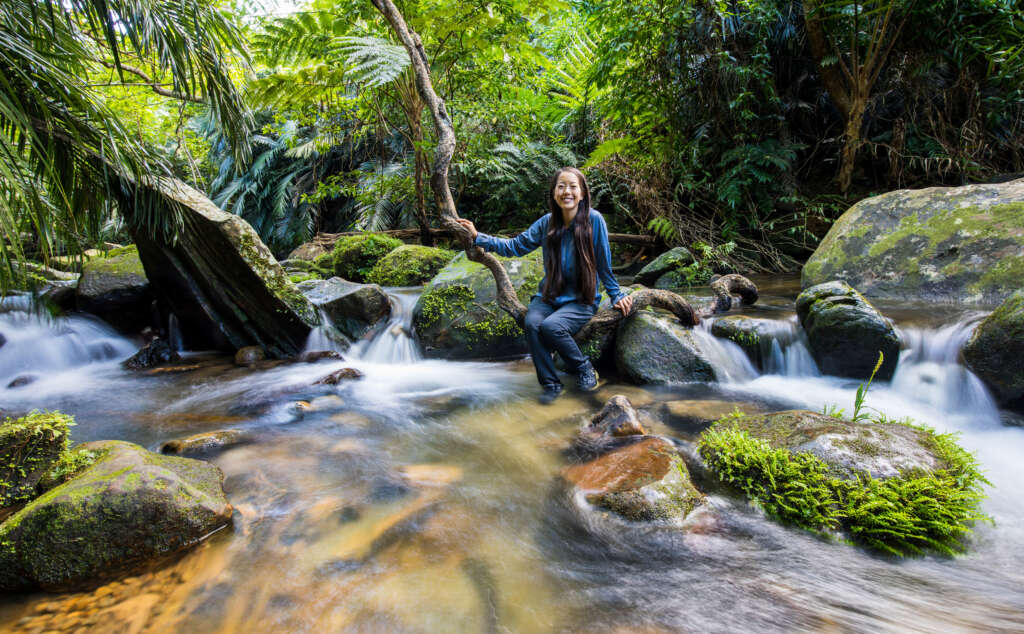
Some of our newest Japan-based packages contain a lot of hidden-gem destinations, like the relatively unexplored Japanese Sub Tropical Islands. This week’s blog focuses on Japan’s Iriomote Island, an island where 90 percent of the land covering it is dense jungle and mangrove forests. Much of it protected as part of the Iriomote Ishigaki National Park – one of Japan’s most unique UNESCO world heritage sites.
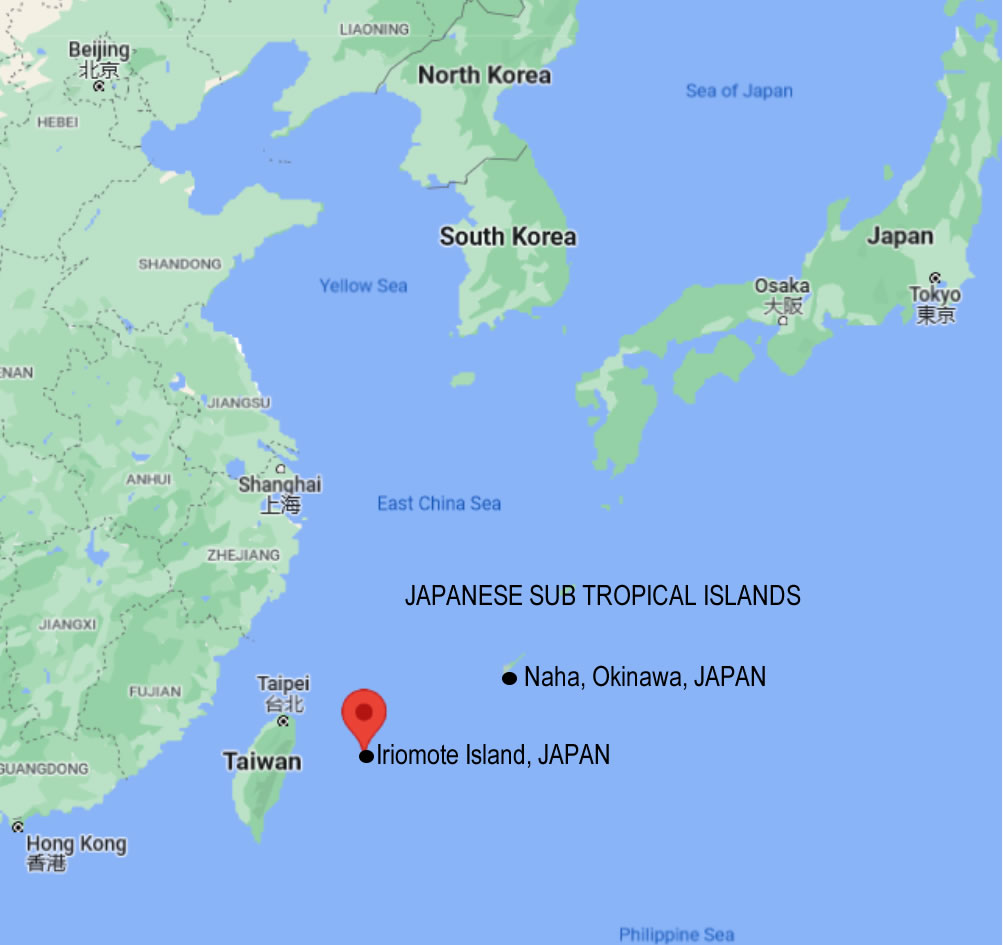
Iriomote Island is the largest island among the Yaeyama Islands Archipelago, positioned off the South-West coast of Okinawa. The Yaeyama Islands as a whole are recognised as being extremely important to sustaining bird populations of many species unique to Japan, including the Japanese wood pigeons and the Ryukyu green pigeons, as well as a variety of migratory seabirds.
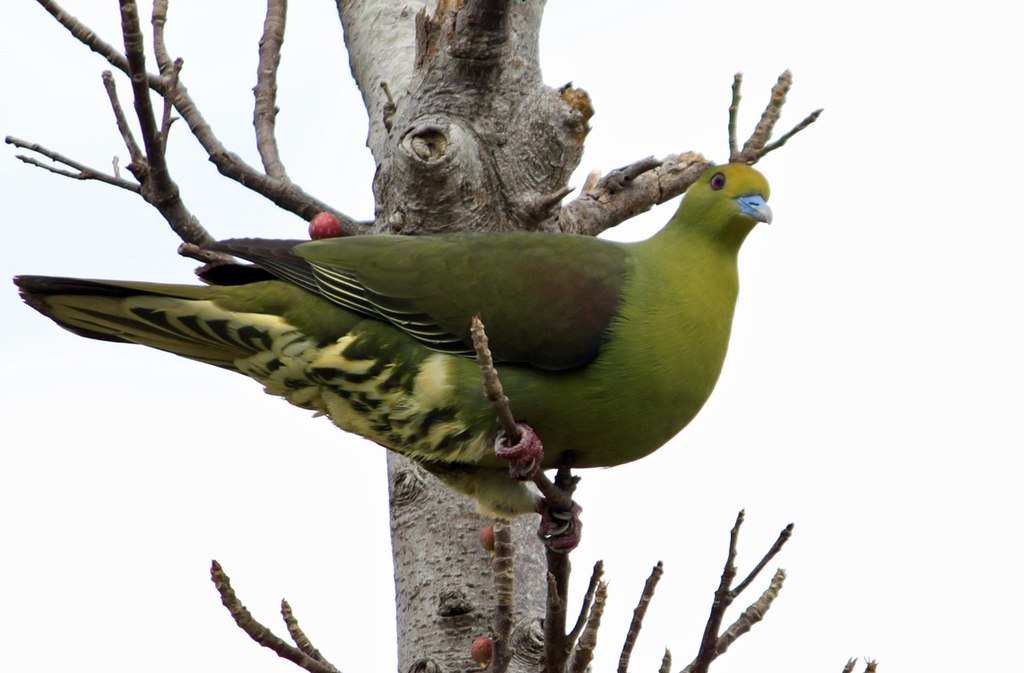
The archipelago is also home to the Yaeyama language (Yaimamuni). Yaimamuni is one of three major Ryukyuan languages which exist around Japan, which began as a split-off of the Proto-Japonic language, which is thought to have occurred in the 2nd century BC. As a consequence, when pronunciations disappeared in the 8th century Nara Period in Japan, Yaimamuni still maintains some of these features. For example, the pronunciation for “belly” in Proto-Japonic would have been para, while modern Japanese would be hara, and in Yaeyama paru. This starting “p” sound was dropped in modern Japan, becoming an “h” instead. An entire blog could be done into the fascinating divergent linguistic differences, but this brief mention is to say Yaeyama is unique even to Japan.

After the Ryūkyū islands were conquered by the Japanese in the early 17th century, a poll tax was imposed on them. In remote islands, where few people were literate, pictograms known as Kaidā logograms or Kaidā glyphs (Kaidā ji) in Japanese – were used to show what each person had to give as tax.
These glyphs were used until 1930s, when primary education was introduced throughout Japan, and most people became literate in Japanese. They are currently used as decoration in art and souvenirs.
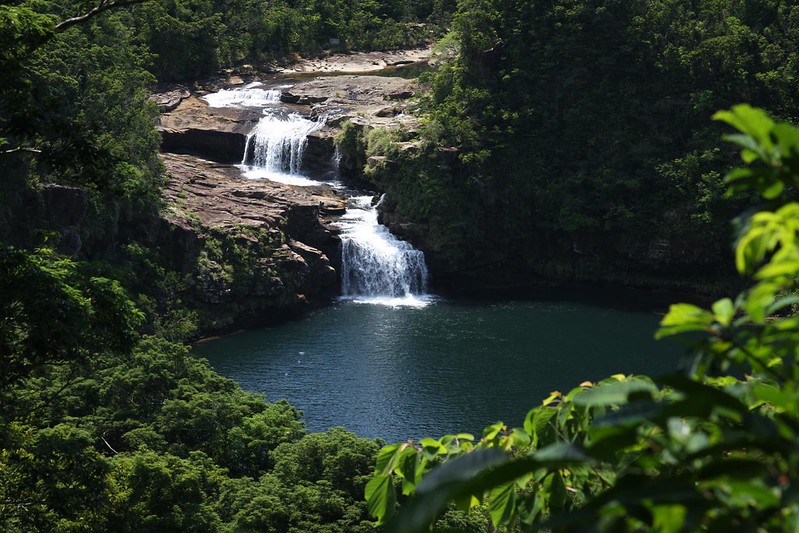
Nearly all of Iriomote is protected land, and a third of the island is made up of Iriomote National Park.
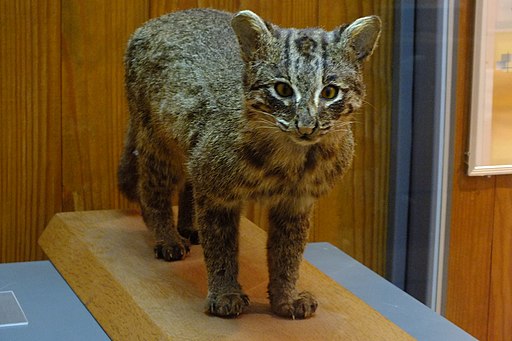
This pristine land is also home to the prized Iriomote Cat (Iriomote yamaneko) – possibly the rarest cat species in the world. It is an extremely cute wildcat, although the species is unfortunately critically endangered, with estimated population figures from 2007 sitting at just 100. If you want to find out more about this cat, the Irimote Wildlife Conservation Center has a page dedicated to this cute fellow: https://iwcc.jp/english/iriomotecat/cat/
It is also home to a few more endemic species, including a rather nasty pit viper, and a decidedly less nasty Palm Tree. The national park itself is a shining example of how beautiful Japan’s dense jungles and coastal mangrove swamps can look, with countless waterfalls surrounded by lush green landscapes.
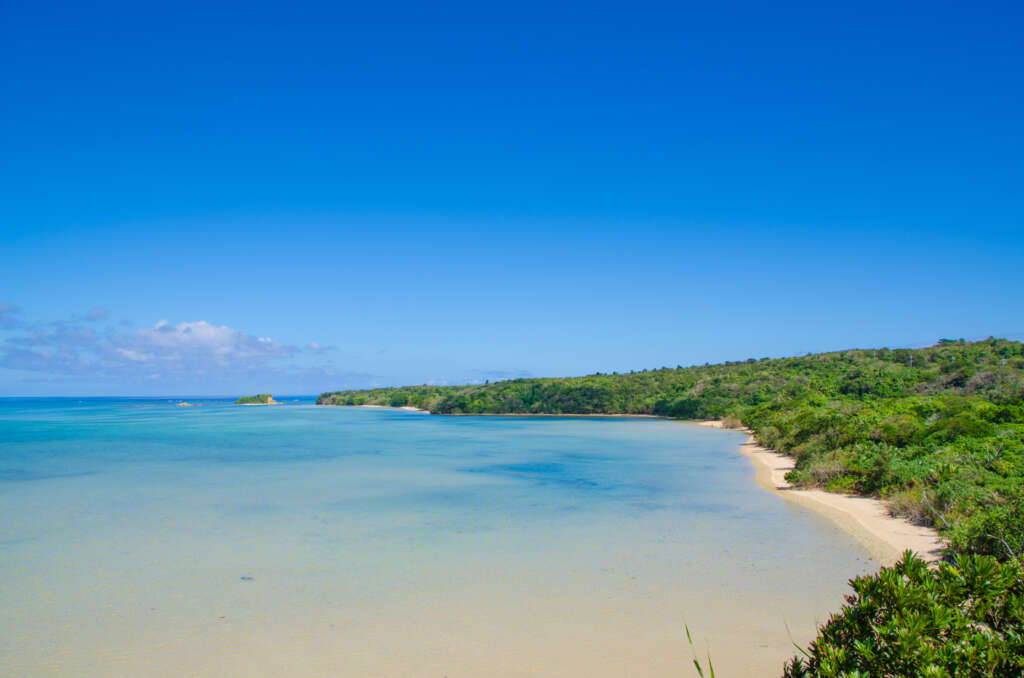
Visitors to the island may encounter schools of manta rays in the spring and summer months and diving is popular in the strait between Iriomote and Kohama Islands. There are 20 kilometre hiking paths through the interior of the island for those who enjoy a challenge (be prepared, its a long way back), and beautiful beaches surround the coastline.
Though it’s technically a part of Japan, socially and culturally Iriomote is its own entity with locals living a simpler way of life with trades like weaving and farming prevalent – all harking back to a much earlier Japanese way of life. The island does not have an airstrip or airport and visiting is only possible by ship or ferry.

